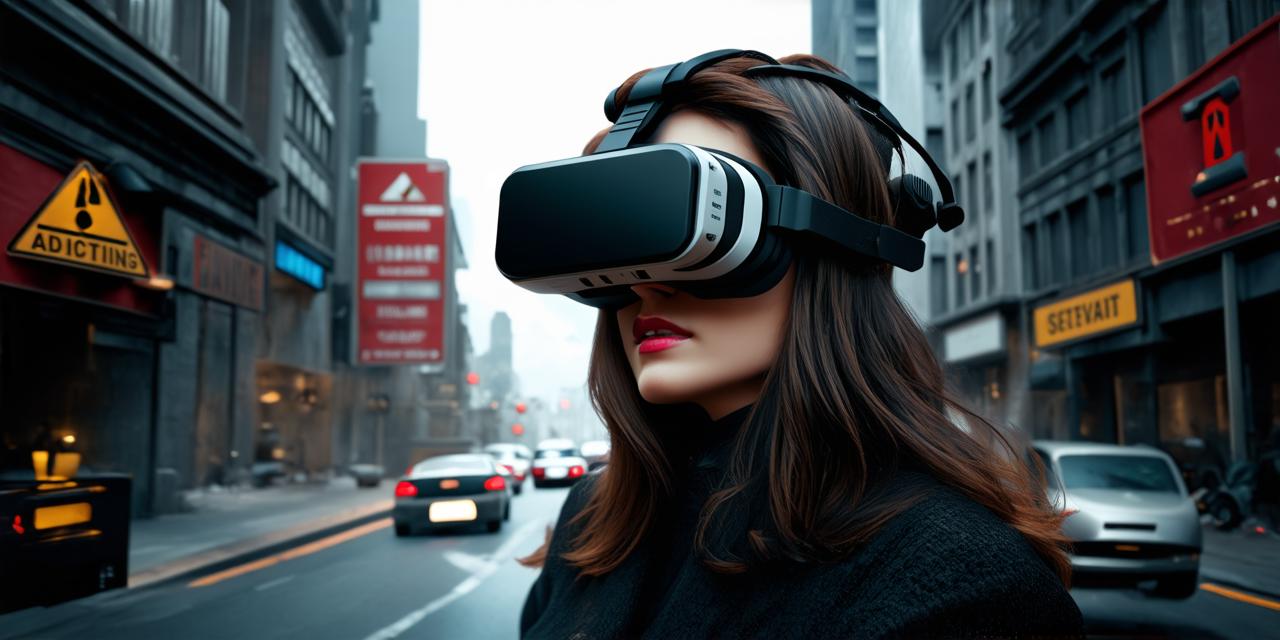Virtual reality (VR) is a rapidly growing technology that has the potential to revolutionize many aspects of our lives, from gaming to education and beyond. While VR can be an incredibly immersive and engaging experience, it can also have negative effects on users.
Motion Sickness

One of the most common negative effects of virtual reality is motion sickness. This condition occurs when the brain becomes confused by conflicting signals from the eyes and ears, leading to symptoms such as nausea, dizziness, and headaches. Motion sickness can be particularly problematic for individuals who are prone to it in real life, or for those who have a weak inner ear.
Eye Strain
Another potential negative effect of virtual reality is eye strain. The intense focus required to navigate VR environments can lead to dry eyes, blurred vision, and even headaches. This can be particularly problematic for individuals with pre-existing eye conditions such as astigmatism or nearsightedness.
Disorientation
Virtual reality can also cause disorientation, particularly in users who are new to the technology. The lack of physical cues in a virtual environment can make it difficult to determine up from down and left from right, leading to feelings of confusion and disorientation. This can be particularly problematic for individuals with balance or coordination issues.
Fatigue
Virtual reality can also be physically taxing, particularly for users who spend extended periods in a VR environment. The intense focus required to navigate virtual environments can lead to fatigue and even exhaustion, particularly for users who are new to the technology. This can be particularly problematic for individuals with pre-existing physical conditions such as arthritis or fibromyalgia.
Conclusion
While virtual reality has the potential to be a transformative technology, it is not without its risks and negative effects. Motion sickness, eye strain, disorientation, and fatigue are just a few of the ways in which VR can have negative effects on users. It is important for individuals who plan to use virtual reality to be aware of these potential risks and take steps to mitigate them. This may include using anti-motion sickness medications, taking regular breaks to rest your eyes, or seeking out VR experiences that are designed with accessibility in mind. By doing so, users can fully enjoy the benefits of virtual reality while minimizing its potential negative effects.



